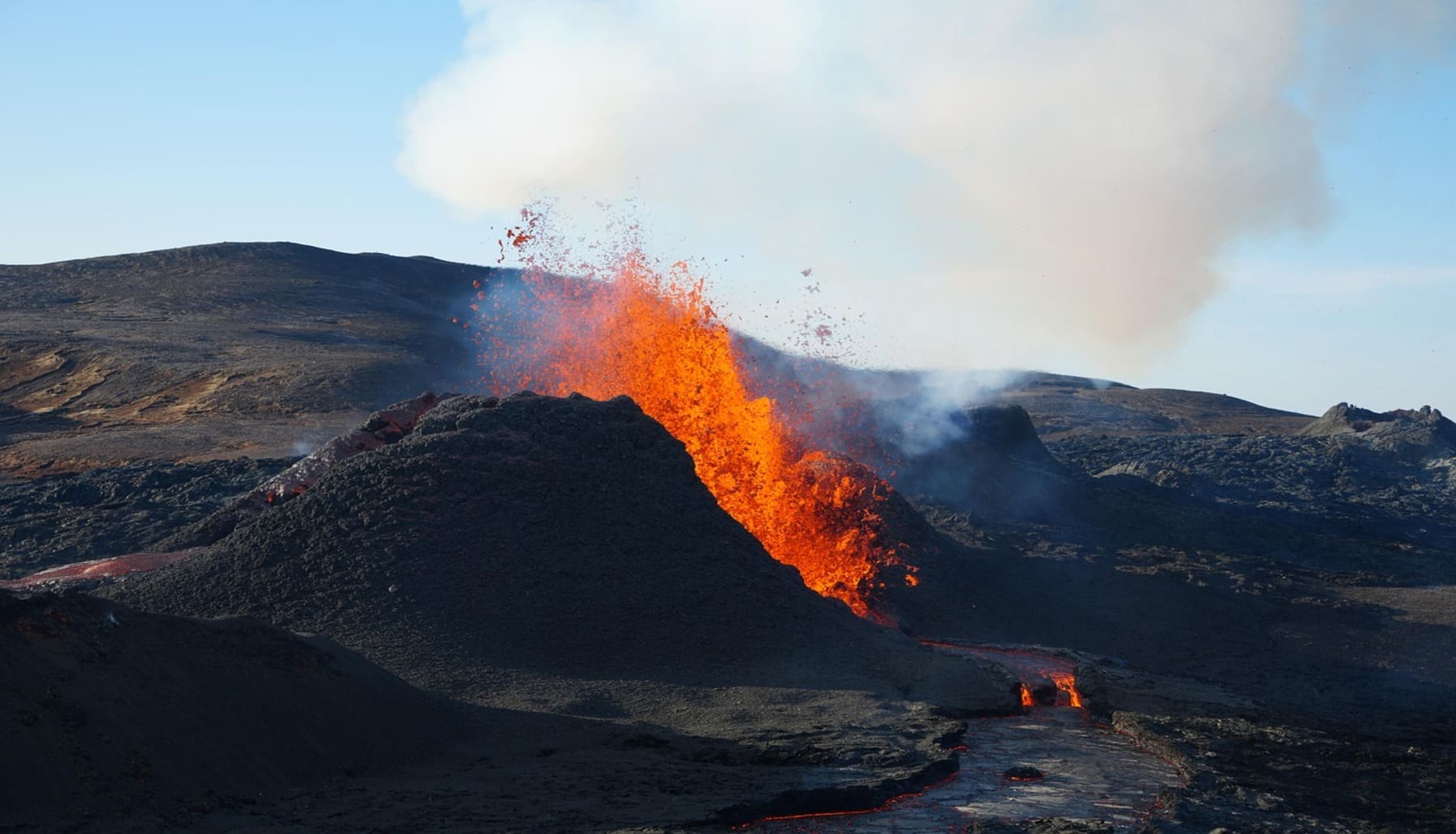The relationship between fiber optics and volcanoes; more specifically the relationship with the Magma activity inside the earth. A conclusion that has been reached after a study carried out in Iceland and where it has been possible to demonstrate how with the introduction of a fiber optic cable in cracks and volcanic dikes near the Icelandic municipality of Grindavík the scientists have been able to obtain information of the most valuable in the Prediction of rashes in high activity areas.
To get to this conclusion a novel technology was used that has a distributed acoustic detection which facilitates that telecommunications cables can be transformed into a kind of network of sensors capable of detecting any field change.
Thus, during this research, the scientific team registered nine magma intrusion events (or what is the same, lava movements inside the land layer that do not come to the surface) of volcanic dikes in a year.
They use fiber optics to monitor volcano activity in Iceland
A study shows the introduction of a fiber optic cable to Analyze the movement of the magma inside the earth in cracks and volcanic dikes near the Icelandic municipality of Grindavík. Through this technology, scientists intend to obtain critical information for the prediction of eruptions in areas of high activity.
An international team, led by Jiaxuan Li of the California Institute of Technology, in the United States, uses a fiber optic cable to measure in detail and almost simultaneously lava movements in the SvartSengi volcanic system, in the Reykjanes Peninsula (Iceland).
To do this, they used an emerging technology with distributed acoustic detection (in Spanish, DAS) that helped them convert telecommunications cables into a network of sensors capable of detecting changes in the ground. During his research, published in the journal Science, the scientific team registered nine magma intrusion events of volcanic dikes in a year. These geological phenomena are lava movements inside the land layer that do not come to the surface.
Of these events, six became eruptions of fissure, that is, cracks for which Magma sprouts outside; and three stopped before reaching the surface.
The first eruption occurred on December 18, 2023 with fissures that extended a kilometer from the craters of Sundhukur, north of Stóra-Skogfell. Instead, the second occurred near Grindavík, where he destroyed several homes in his path and advanced to Mount Hazafell. The rest of the magmatic events remained in the areas that were analyzed and did not advance much, except the last registered, which extended two kilometers north of Storera- Skogfell.
Fiber optic monitoring system
The researchers deployed a monitoring system with a 100 kilometers fiber optic cable And they made it a matrix of sensors with more than 10,000 recording channels in the city of Keflavík.
The technology used allowed them to detect deformation patterns – change in the position of the terrain – for each volcanic event. This showed that the growth rate of the dikes reached its maximum point between 15 and 22 minutes before the start of each eruption.
The combination of fiber optic cables with classic systems could open new possibilities for studying magmatic activity
According to the authors, the low frequency days requires minimum processing, so it is optimal for early alert and real time monitoring of the land soil. In fact, since February 27, 2024, the LI team installed an early alert system in collaboration with the Icelandic meteorological office (IMO, for its acronym in Icelandic).
Although classical techniques remain necessary, the combination with fiber optic cables could open New possibilities of study of magmatic activity such as the displacement of faults and deformations of slopes.

